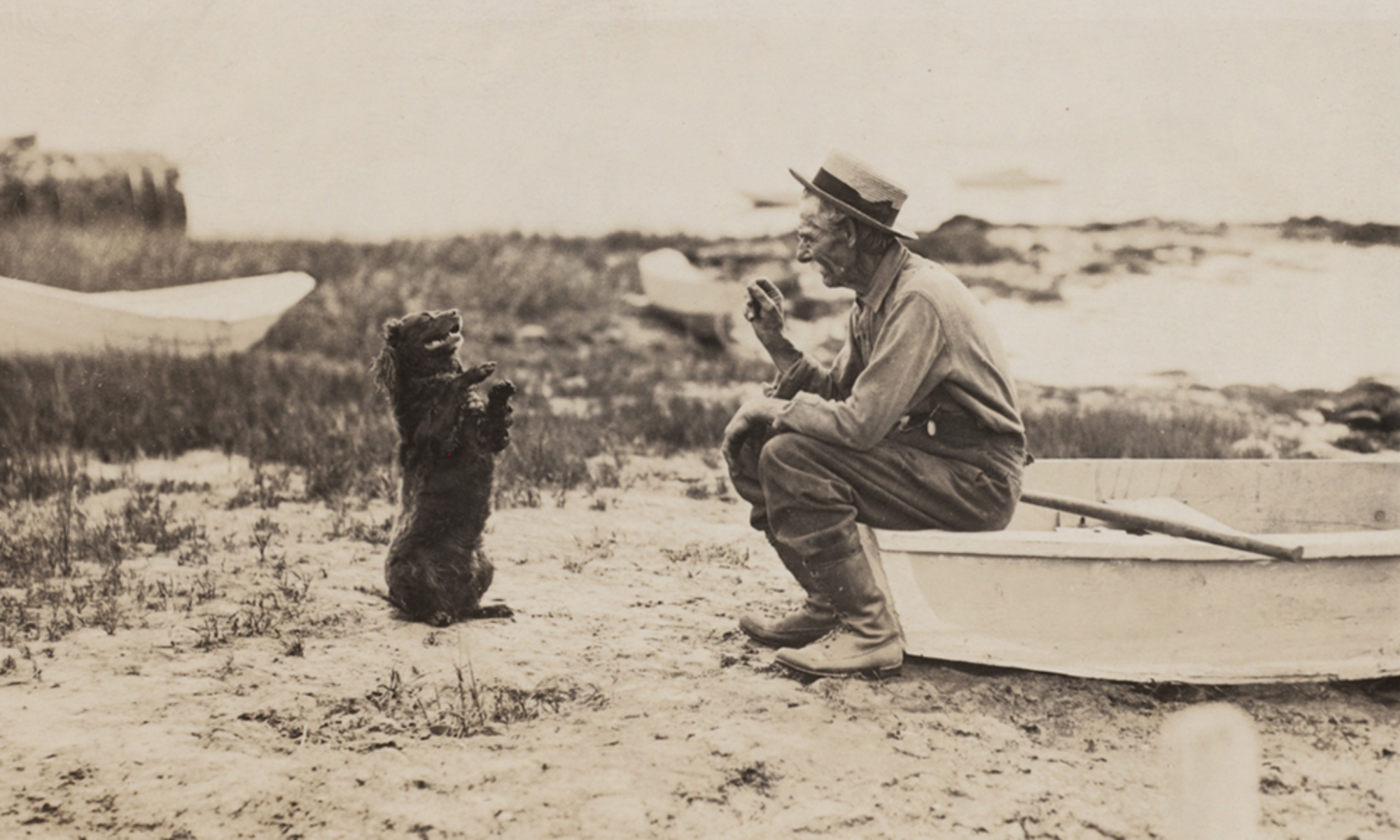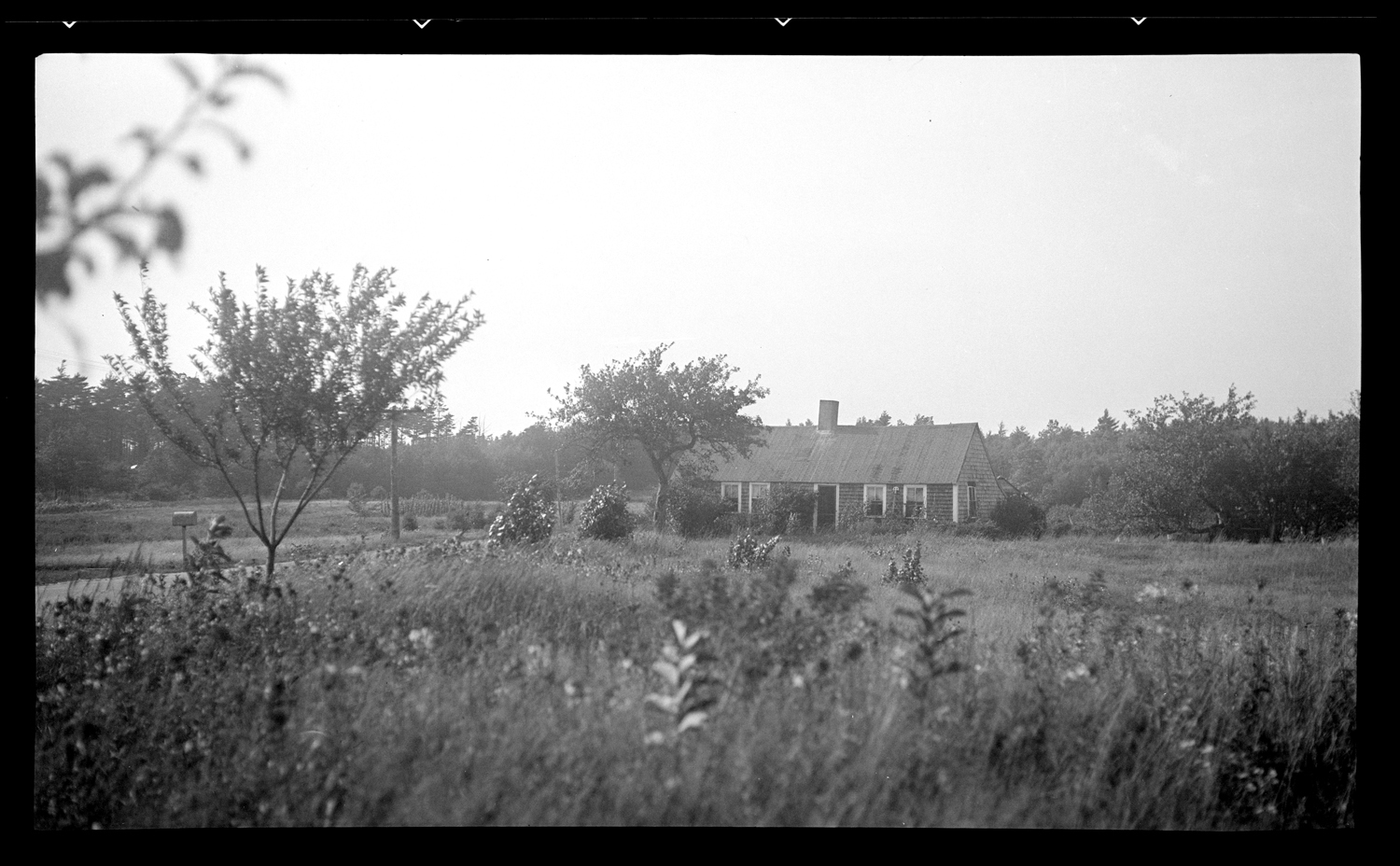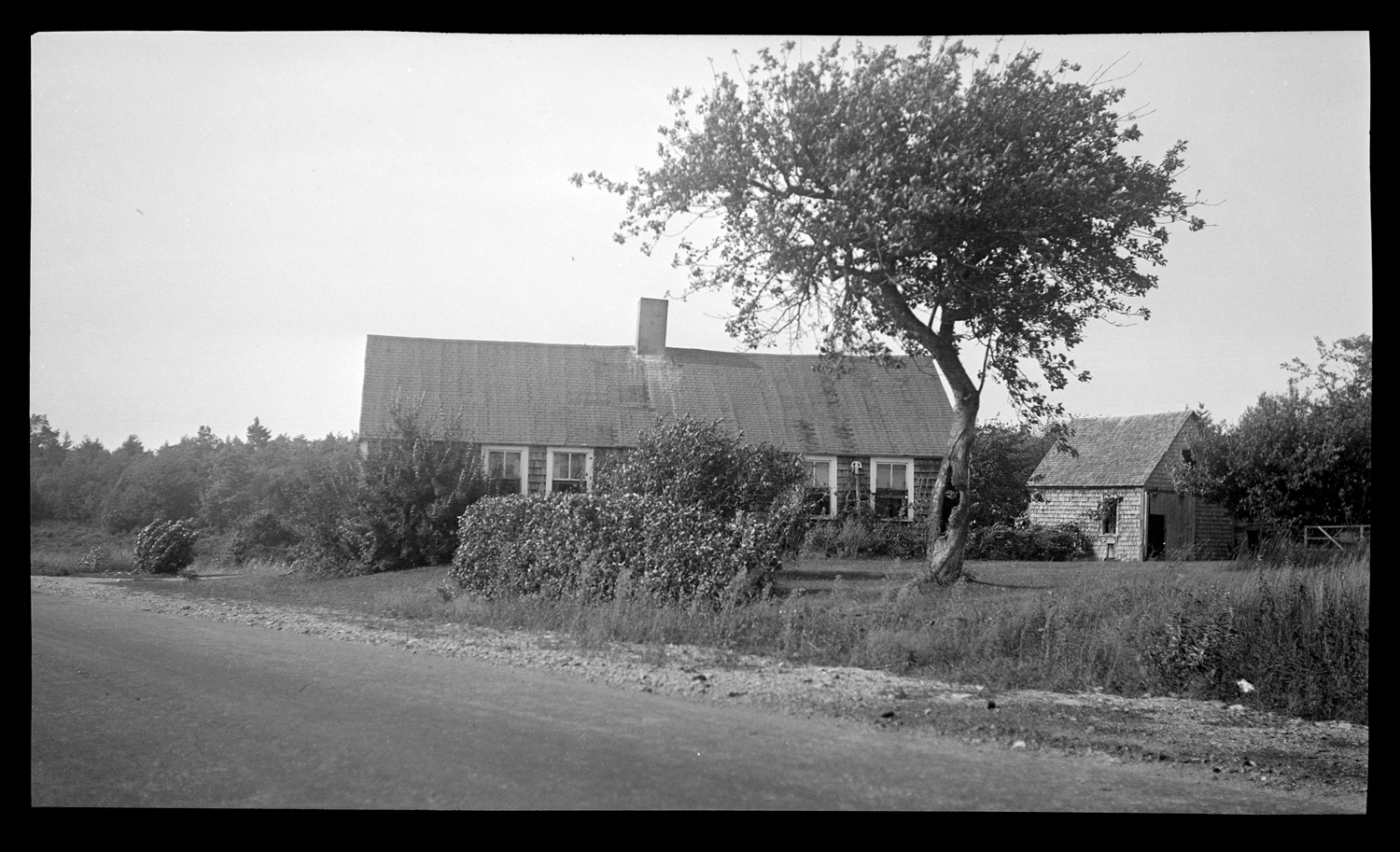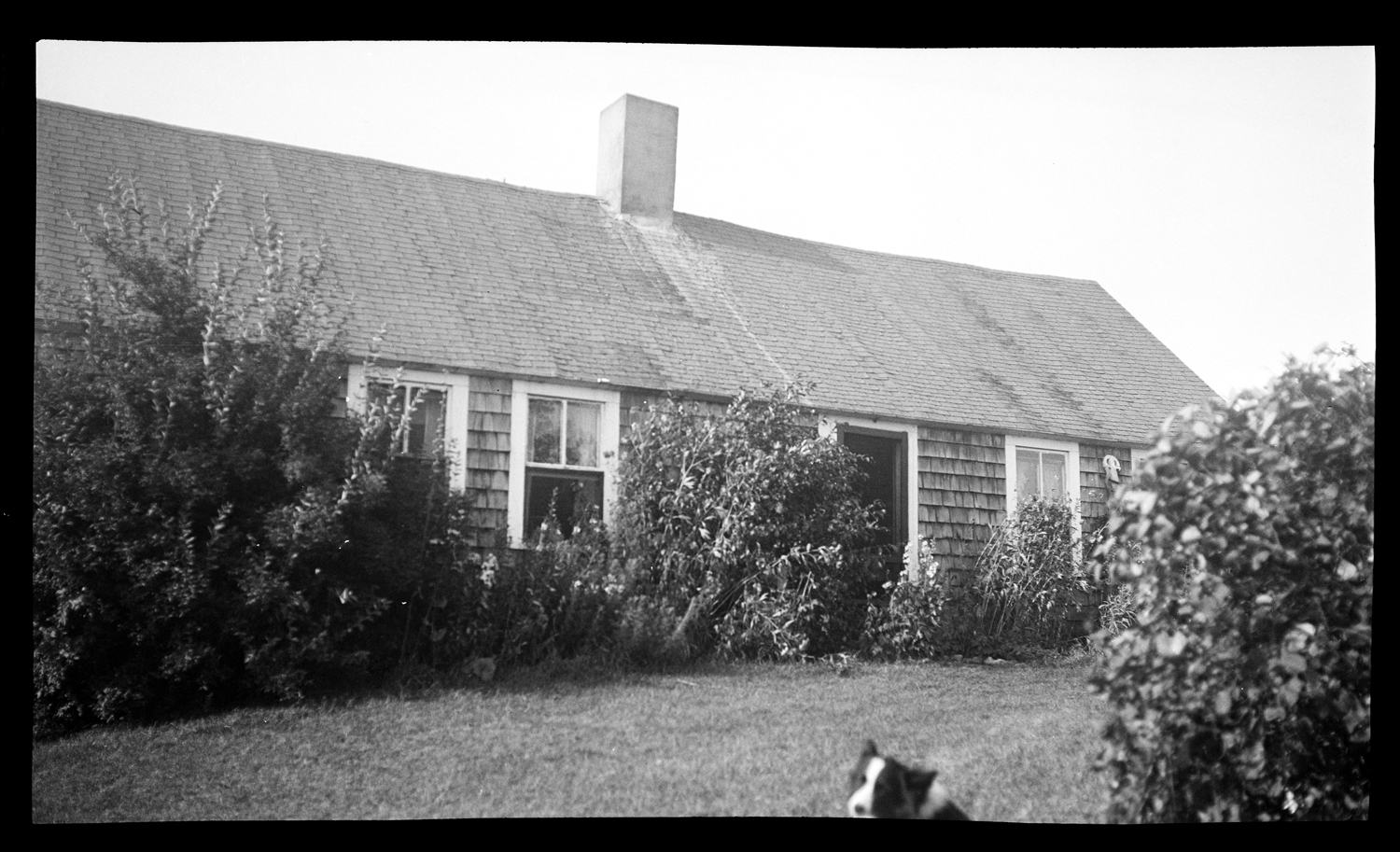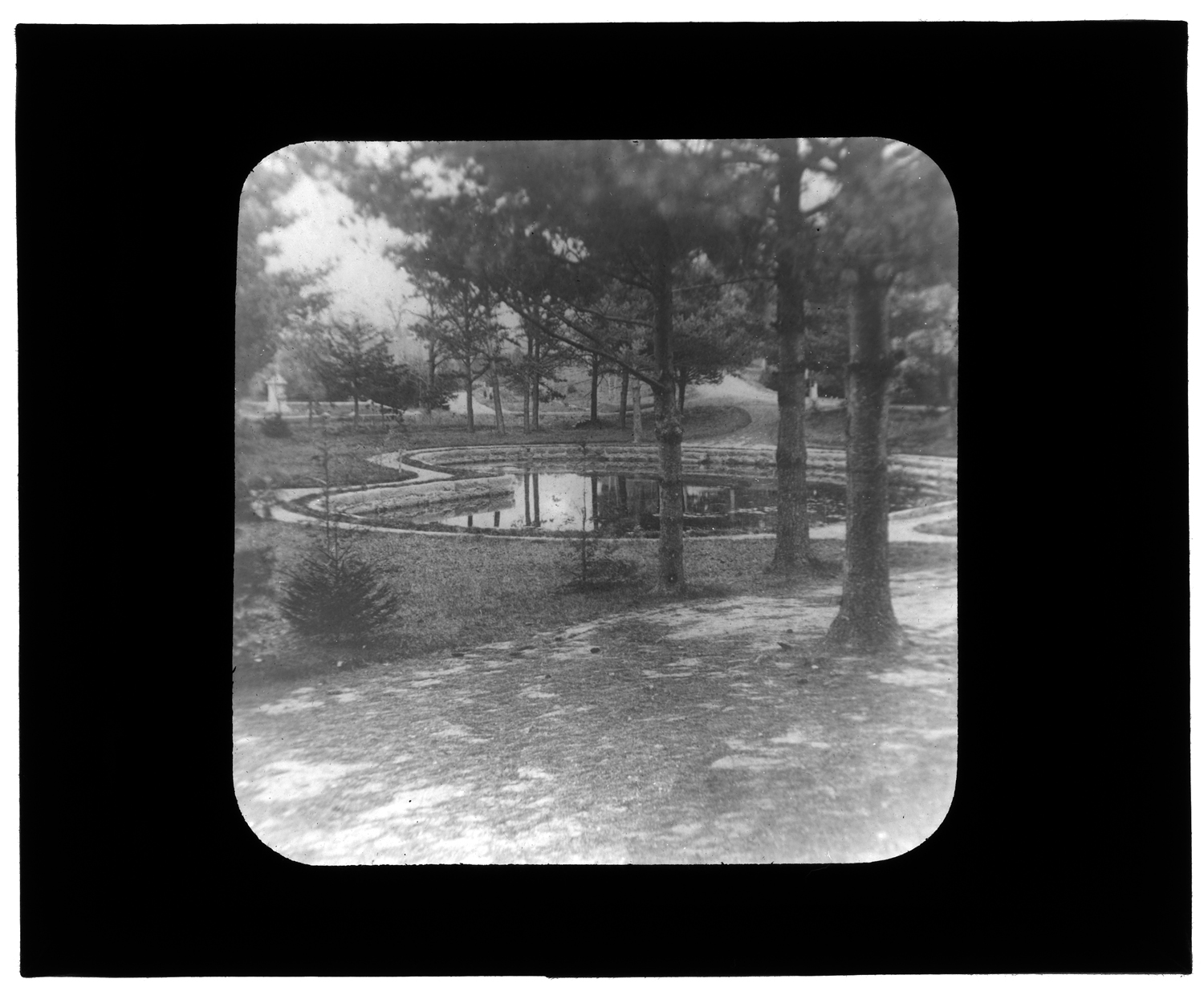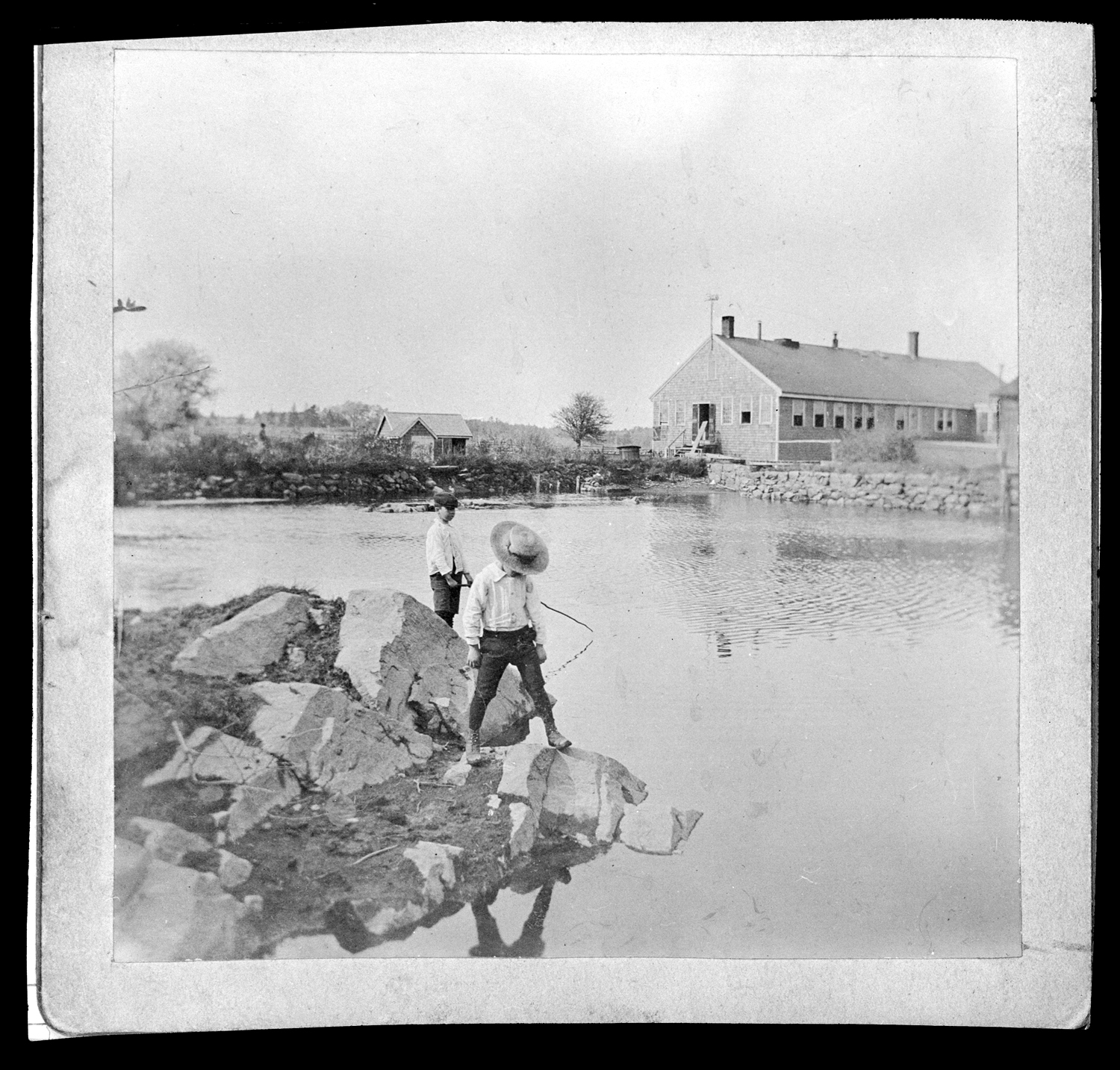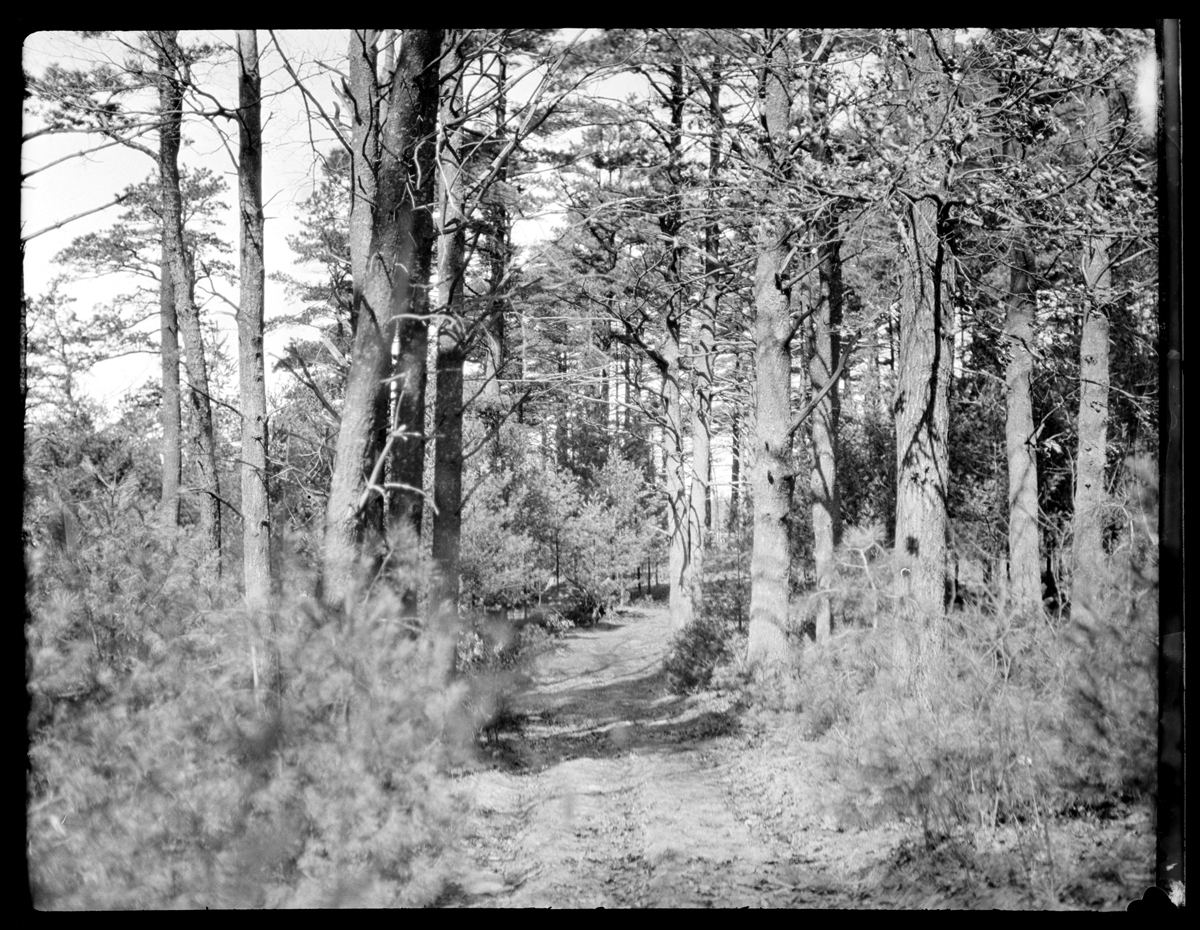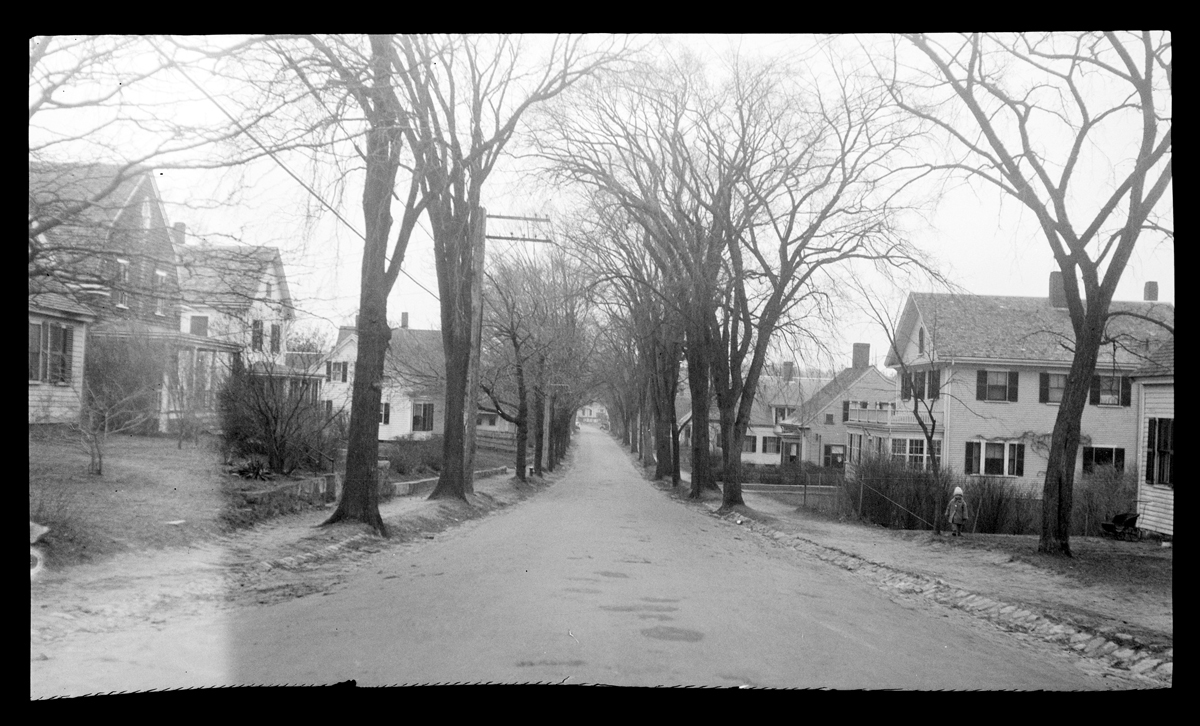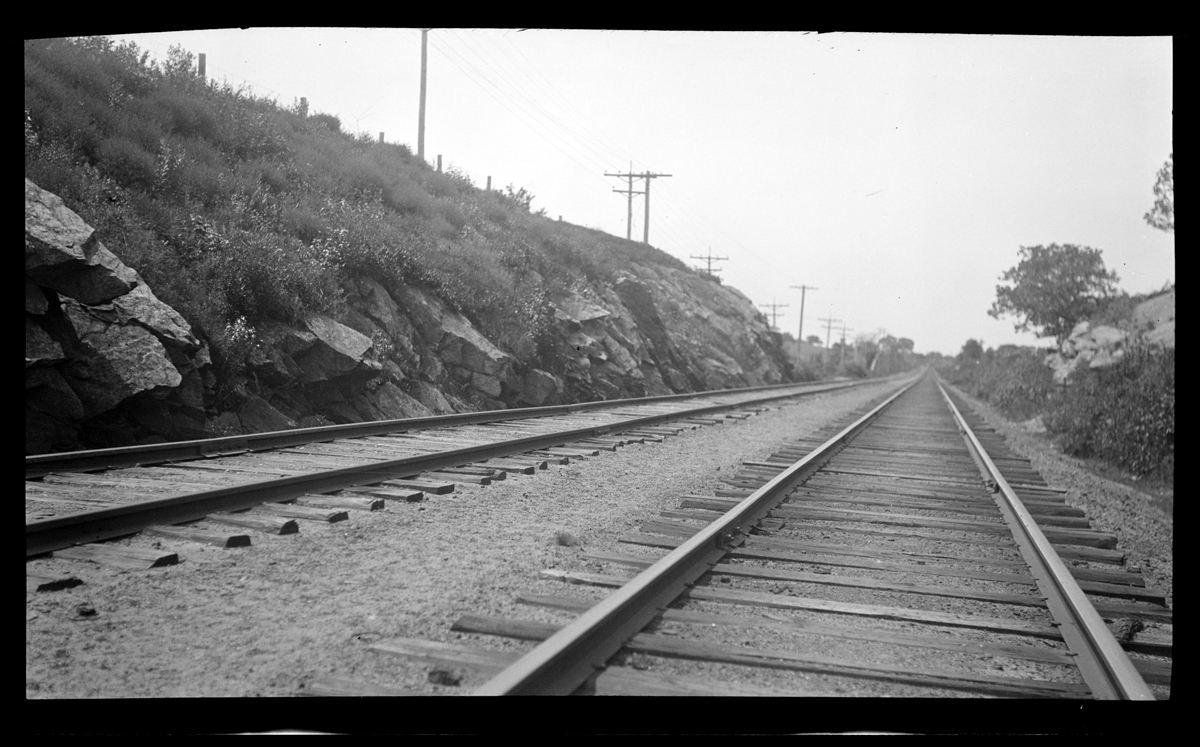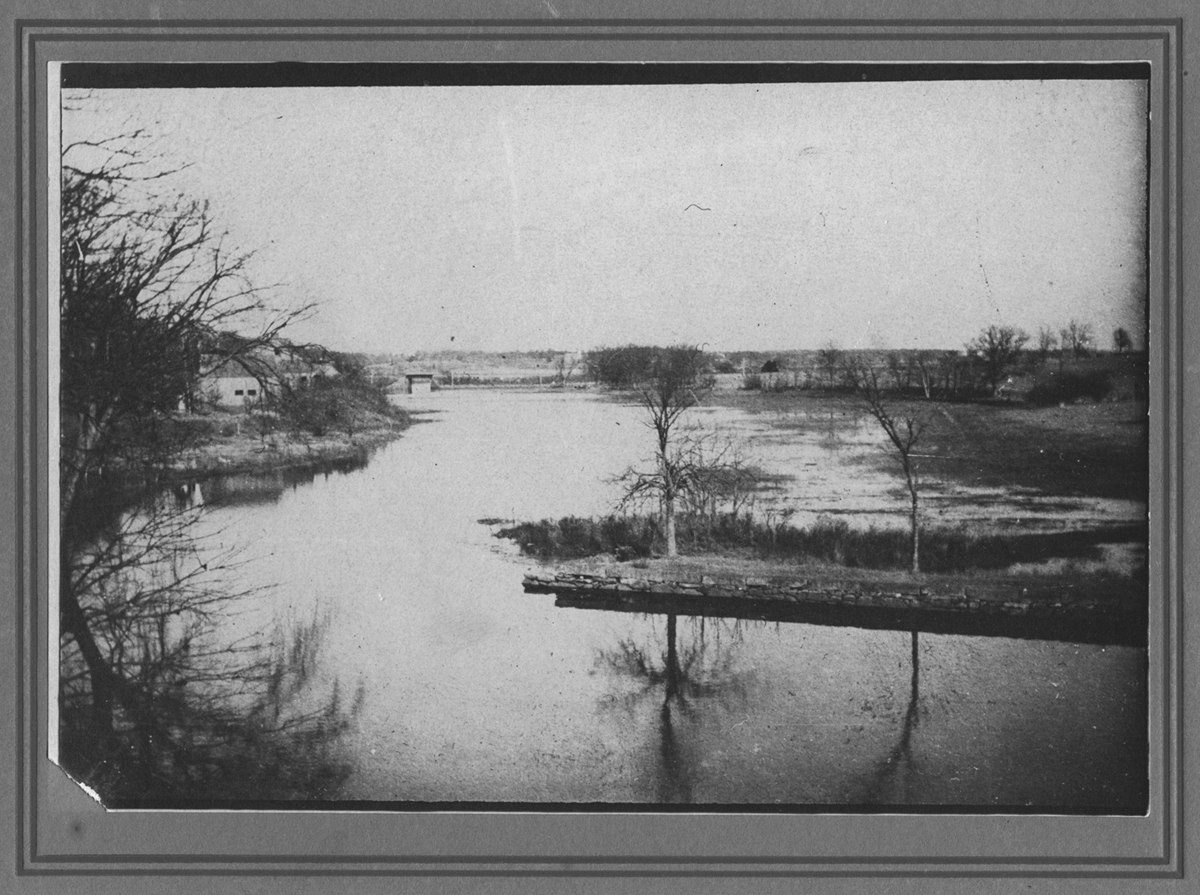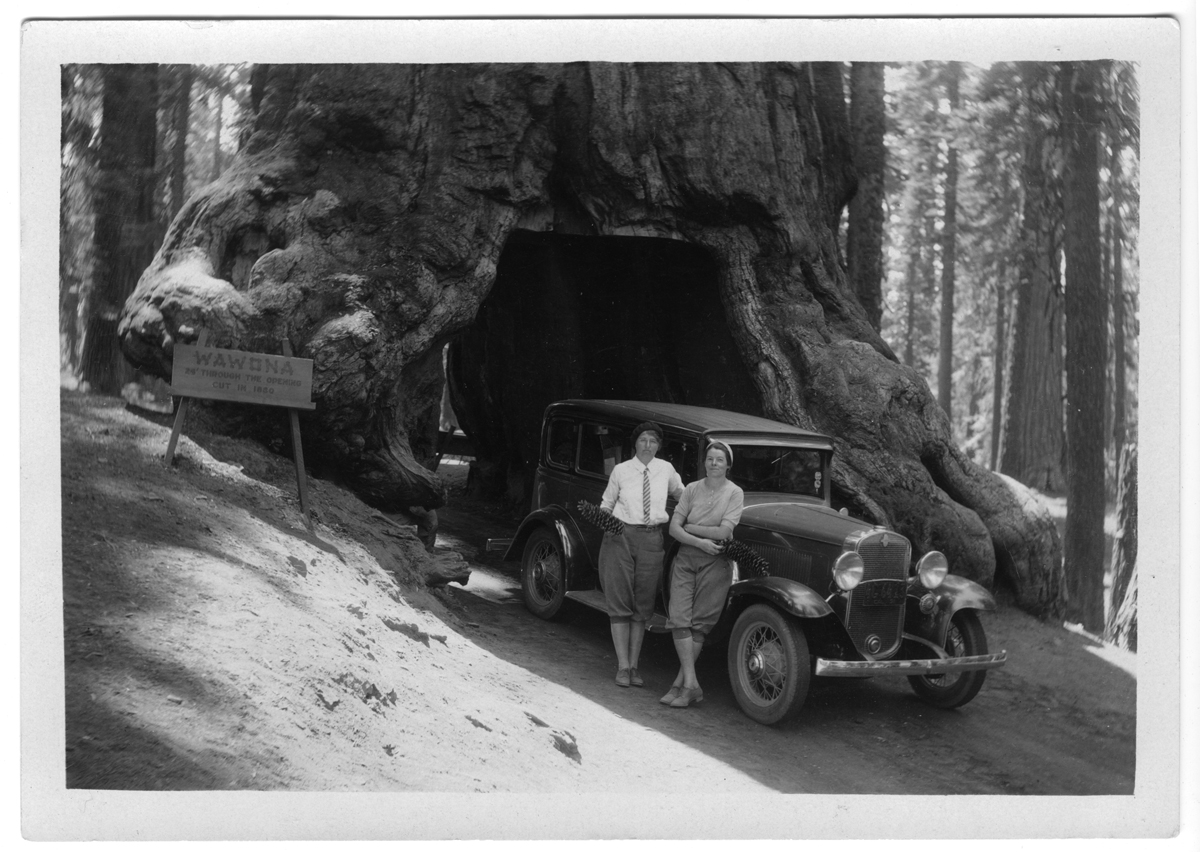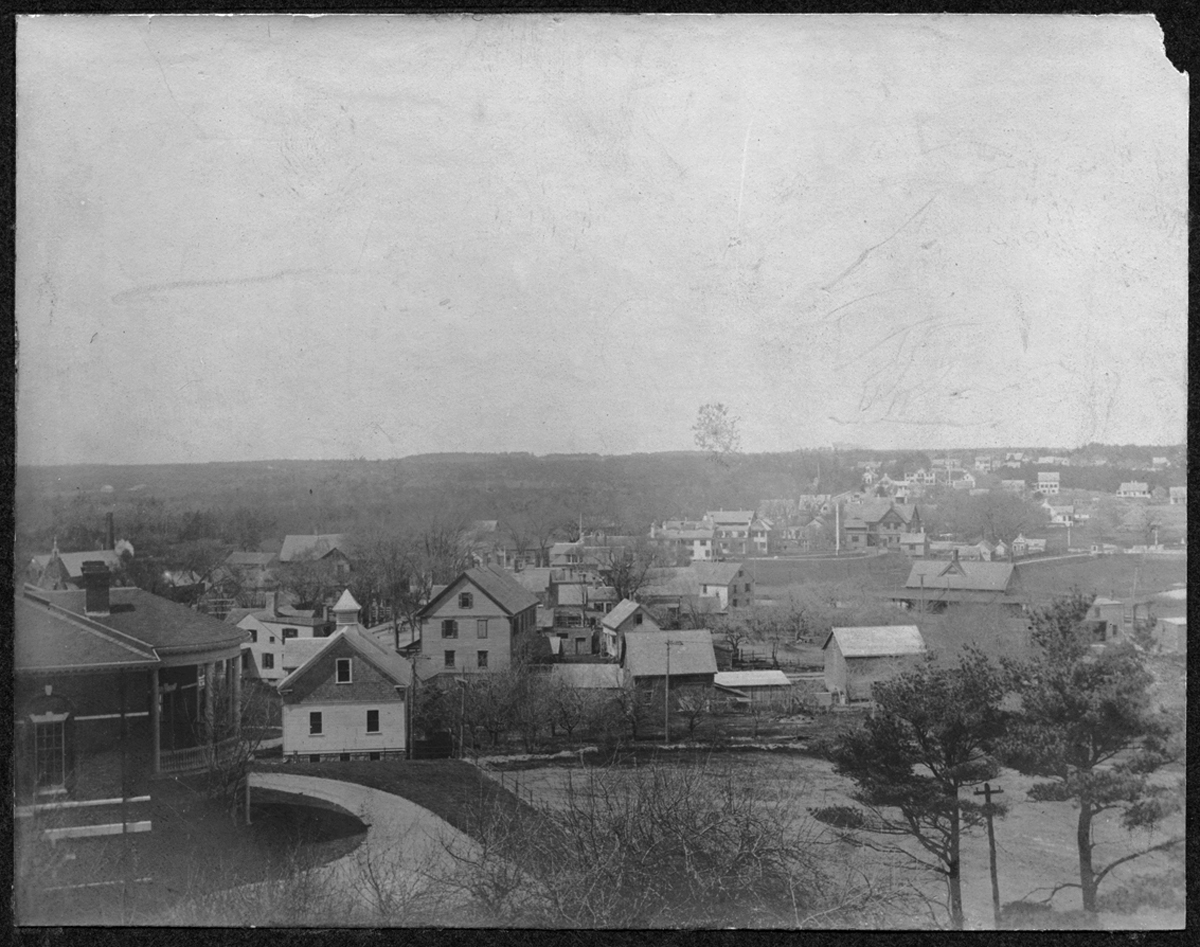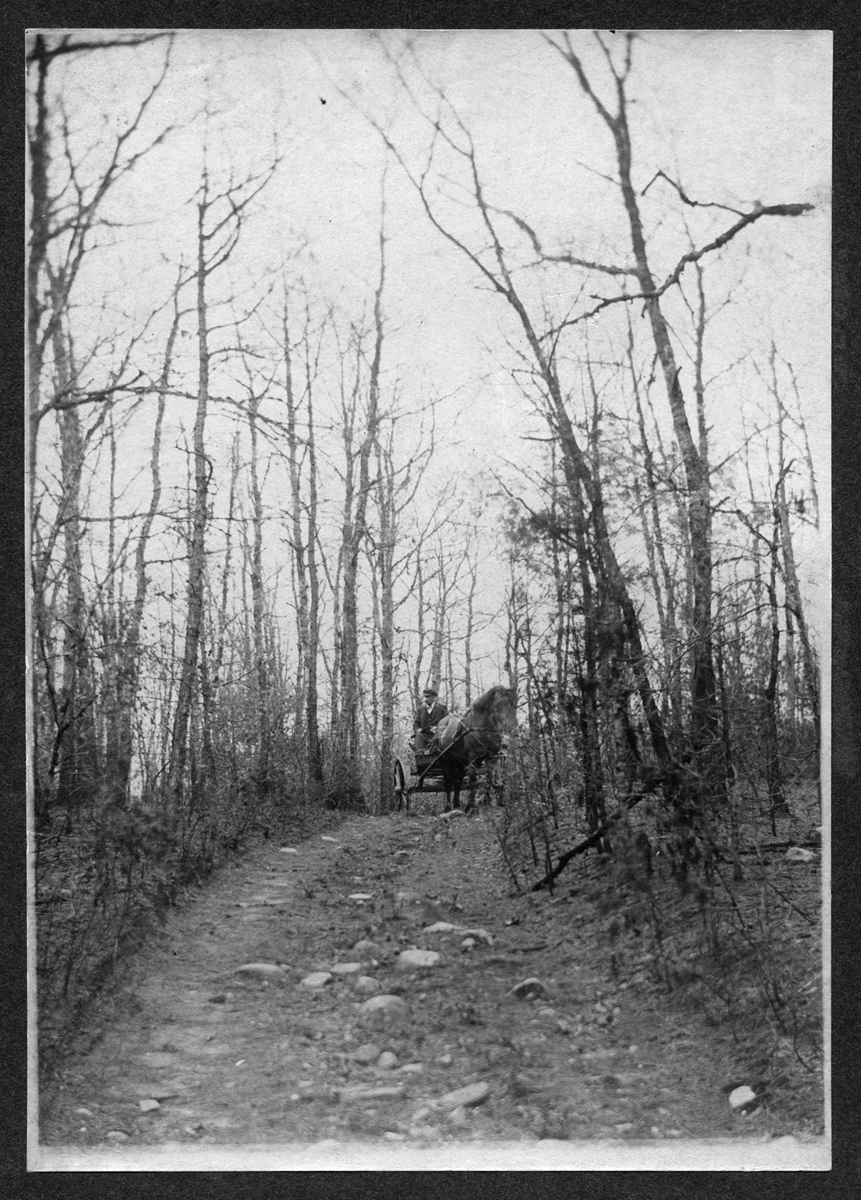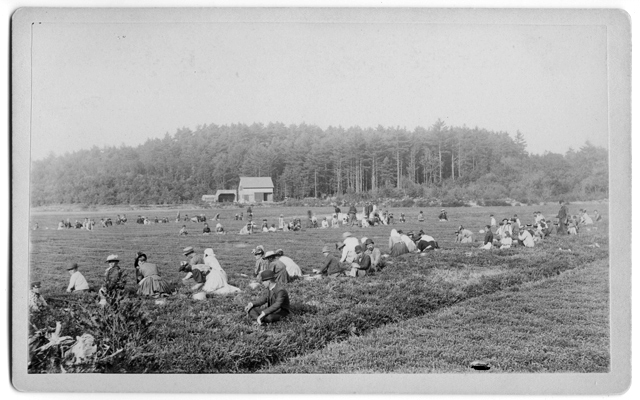There’s a spot in Kingston just west of Exit 9 on Route 3, elevation about 68 feet, which has been long known as Thomas’ Hill.
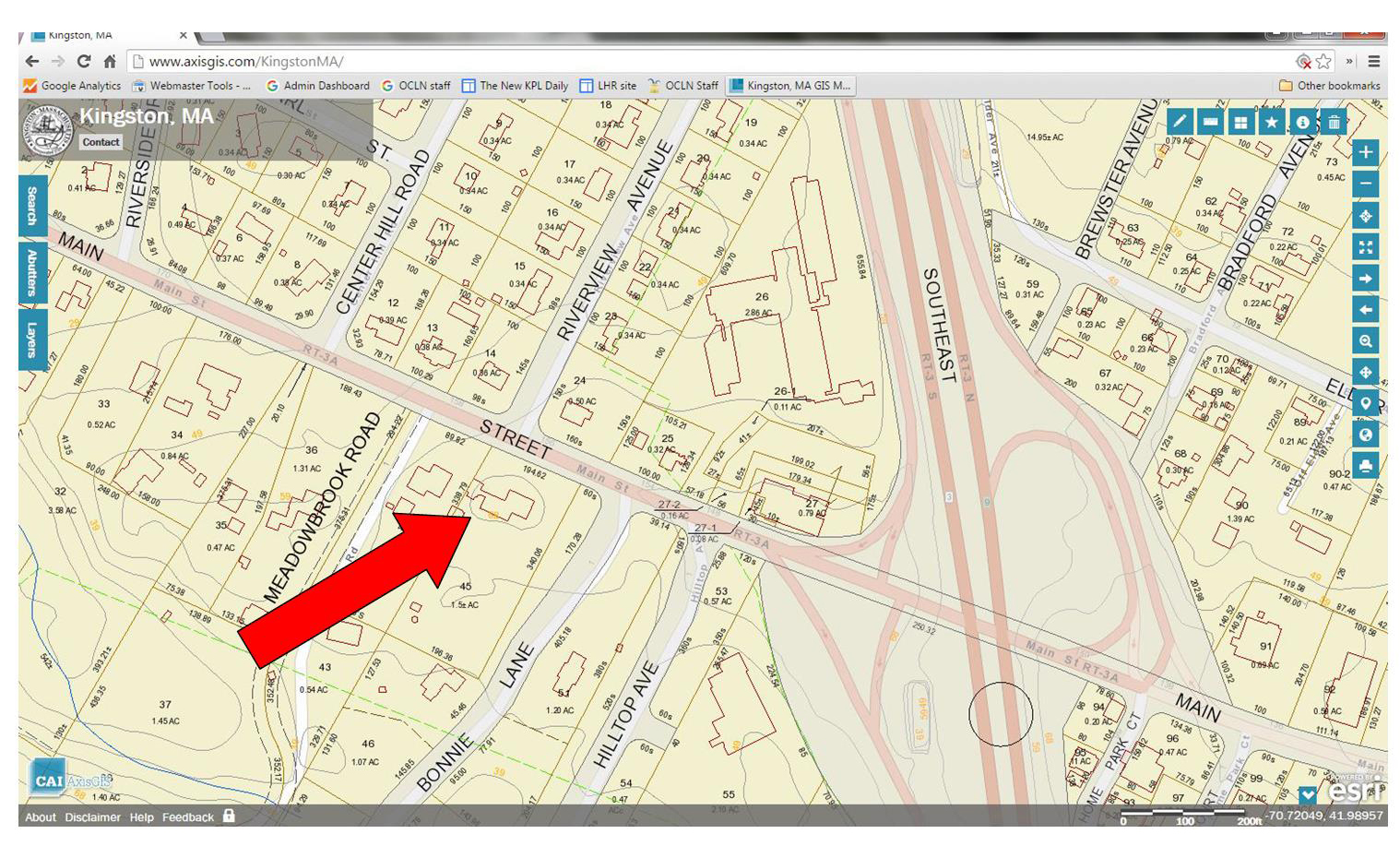
[This screen shot is from the Town’s GIS, which is just amazing. Give it a try!]
In her 1933 description of Kingston place names, Emily Fuller Drew tells us that
Colonel Thomas’ Hill is located from the Great Bridge up the slope, going south of the River. This hill was named for the Thomas family whose home was located on the hill.
That’s this house.
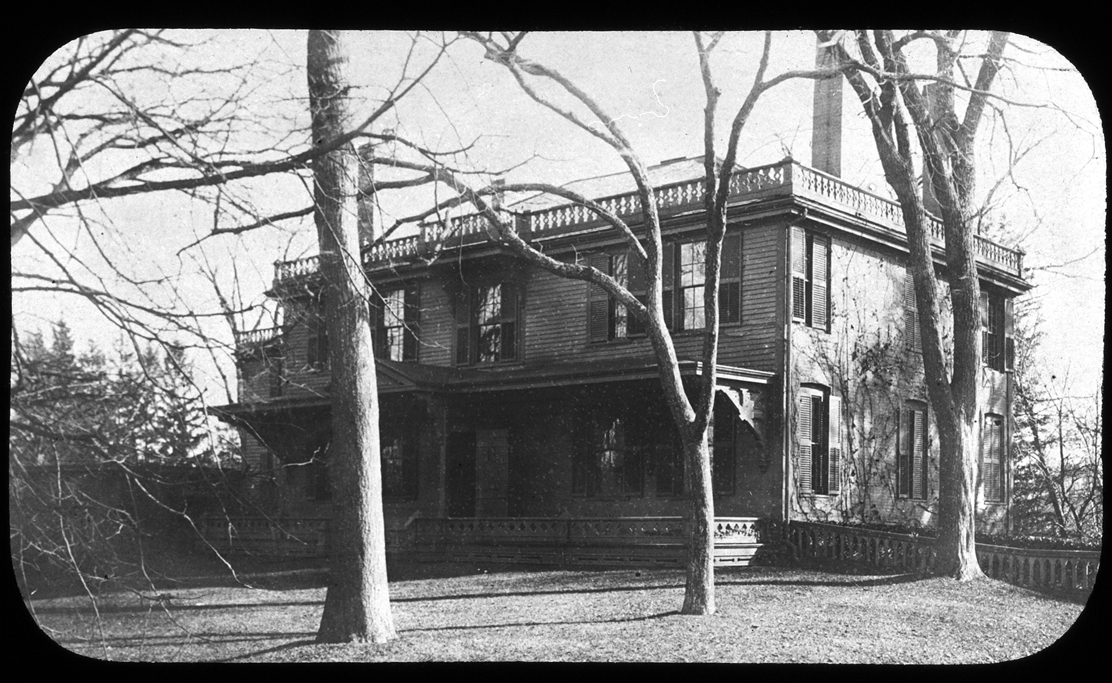
Here’s a view south, up the hill towards the Thomas House, taken from a spot just before the Great Bridge over the Jones River.
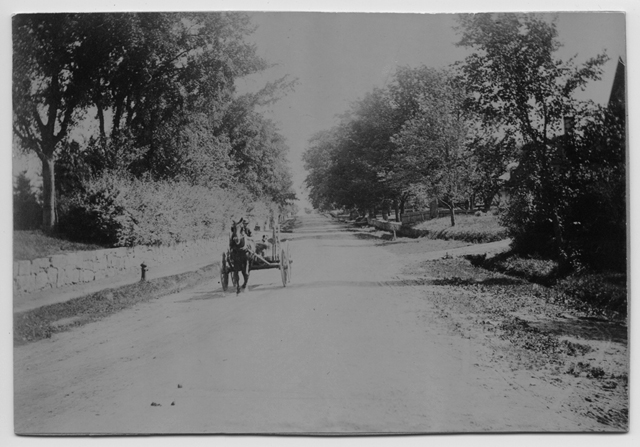
And here are a couple of views looking the opposite way down the hill.
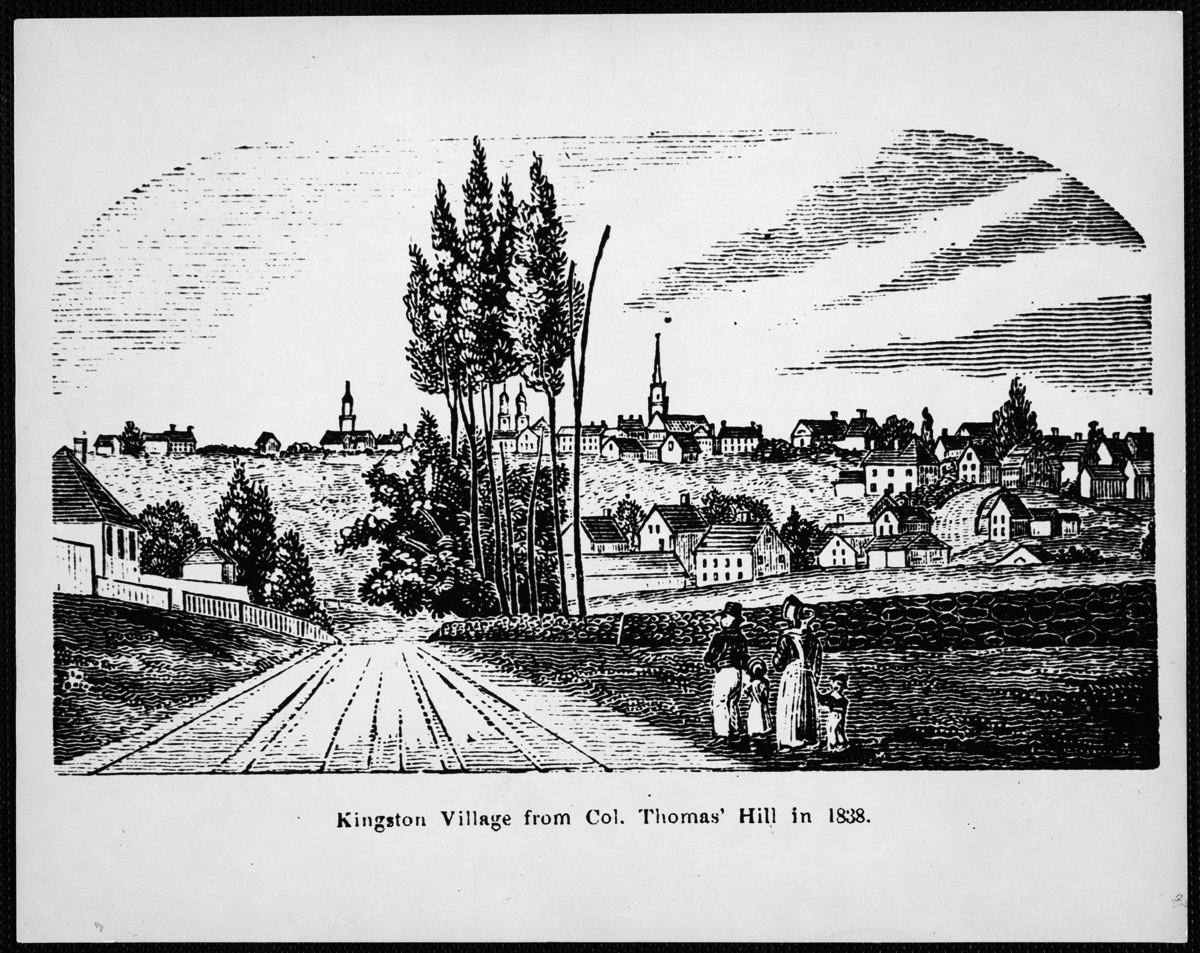
[This wood cut is from this book, originally published in 1839.]

And here’s one of indeterminate direction, but with a nice shady feel to it.
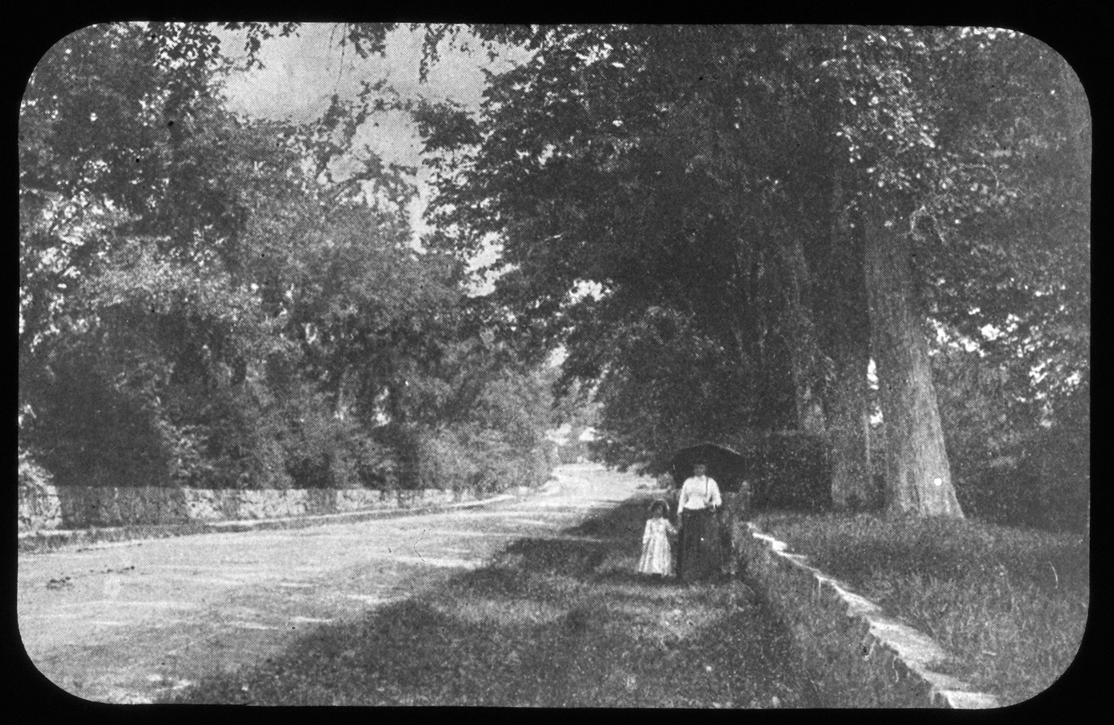
These images all bear the description “Thomas’ Hill,” because that’s what’s it’s been called for quite some time. Now, though, there’s a need to update our shared geographical vocabulary. There’s a whole group of Kingstonians with a completely different point of reference, for whom this area doesn’t relate at all to an 18th century Kingston family or their stately home atop the hill.
Let the historical record now reflect the vernacular alternative: “HoJo Hill.”
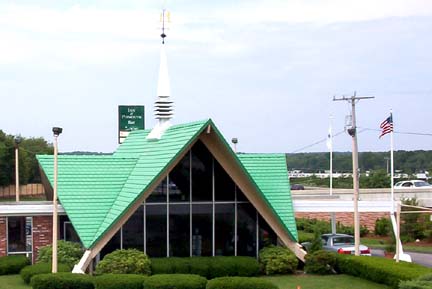
Source: Jones River Village Historical Society Lantern Slides IC4; LHR Image Collection IC7; Mitchell Toabe Papers MC18; and highwayhost.org.
For more, visit the Kingston Public Library, and the Local History Room, and the full blog at piqueoftheweek.wordpress.com.
